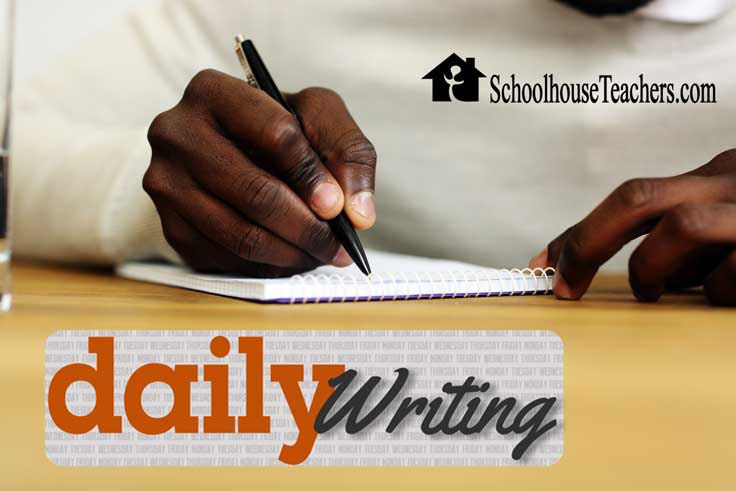SHARON’S BLOG
 It is hard to believe, but the word “everyone” is singular.
It is hard to believe, but the word “everyone” is singular.
It sounds as though it should include a lot of people; in fact, it should include everyone—and that sounds plural.
But “everyone” is in the list of singular indefinite pronouns, which are listed here: each, every, either, neither, no, one, no one, everyone, someone, anyone, nobody, everybody, somebody, anybody, nothing, everything, something, anything.
I grouped them by their endings: -one, -body, and -thing. You also could list most of them by their beginnings: no-, every-, some-, and any-.
This week’s blog, which is another in a series of grammar tutorials, includes the following:
- An infographic to teach the material
- An exercise for your students
- Answers to the exercise
Read More
 This week’s grammar tutorial puts to rest some confusing words like “it’s” and “its.”
This week’s grammar tutorial puts to rest some confusing words like “it’s” and “its.”














 particular memory gives Jonas wisdom when he has to make an important life-and-death decision. I won’t say anything more because I don’t want to spoil the book or the movie for you.
particular memory gives Jonas wisdom when he has to make an important life-and-death decision. I won’t say anything more because I don’t want to spoil the book or the movie for you.








